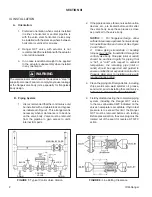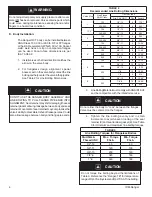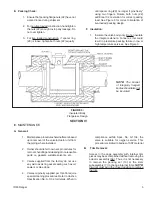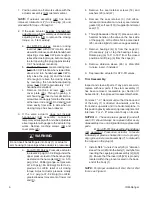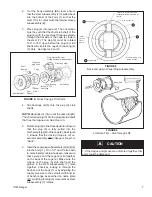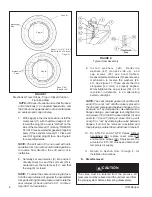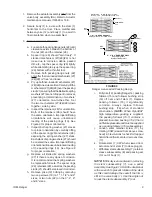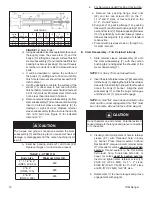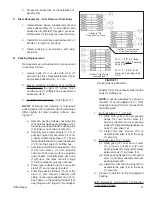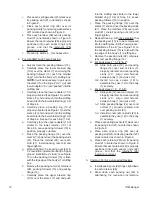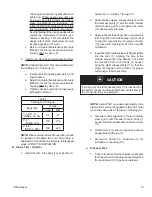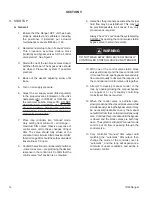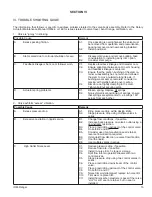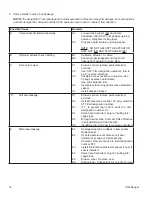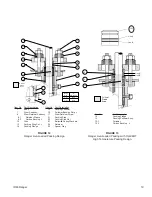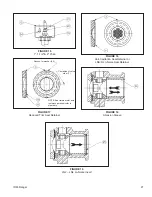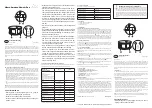
IOM-Ranger
14
9. Hereafter, the procedure assumes that actual
fluid flow may be established. This may not
be practical/possible in all cases; if so, vary
pro ce dure as required.
Always “heat” or “cool” down the system pip ing
SLOW LY by opening the control valve station
bypass valve in small in cre ments.
10. With one of the control valve station block
valves still closed, and the loop controller still
in “manual” mode, open bypass valve and vary
flow rate manually to observe the re sponse of
the controller and control valve unit together.
11. Attempt to develop manual control of the
loop by opening/closing the manual bypass
as required, or by manually controlling
main stream flow as required.
12. When the control valve is partially open,
slow ly crack open the closed block valve while
si mul ta neous ly closing the bypass valve; it may
be necessary/desirable to vary the manual
out put SIG from the controller simultaneously
also. Continue this pro ce dure until the bypass
is closed and the block valves are both fully
open. The system is still under “manual” mode
control, but all flow is passing through the
control valve.
13. Vary controller “manual” SIG output until
match ing the “automatic” SIG output, then
change the mode of the controller over to
“automatic”, and the loop will experience a
minimum of upset conditions, and will be in
automatic control.
SECTION V
WARNING
V. STARTUP
A. General:
1. Ensure that the Ranger QCT unit has been
properly adjusted and calibrated, including
the positioner if installed, per actuator
main te nance manuals IOM-48 or 148.
2. Recommend startup to be in “manual” mode.
This procedure assumes double block
(iso la tion) and bypass valves for the “control
valve station”. See Figure 1.
3. Start with one of the two block valves closed,
with the other open. The bypass valve should
be closed. Pressurize system if possible/
prac ti cal.
4. Back out the airset's adjusting screw until
loose.
5. Turn on air supply pressure.
6. Adjust the air supply airset (filter-regulator)
to the proper level as indicated on the unit's
nameplate (20), in IOM-48 or IOM-148, or
the tech ni cal bulletin Ranger-TB. DO NOT
STROKE THE CONTROL VALVE WITH
AN AIR SUPPLY PRES SURE SETTING
GREAT ER THAN REC
OM MEND ED
MAX I MUM PRESSURE!
7. Place loop controller into “manual” mode.
Vary setting from minimum – mid-range —
maximum SIG output. Observe response of
control valve unit to these changes of input
SIG. The valve should fully stroke at the
variation from minimum SIG to maximum SIG;
the mid-range SIG should have the valve stem
travel at/near 1/2 open.
8. Confirm that action of controller and po si tion er
– direct or reverse – are producing the desired
response in the control unit. Confirm that the
control valve “fail” position is as re quired.
DO NOT WALK AWAY AND LEAVE A MANUALLY
CONTROLLED CONTROL VALVE UN AT TEND ED!


